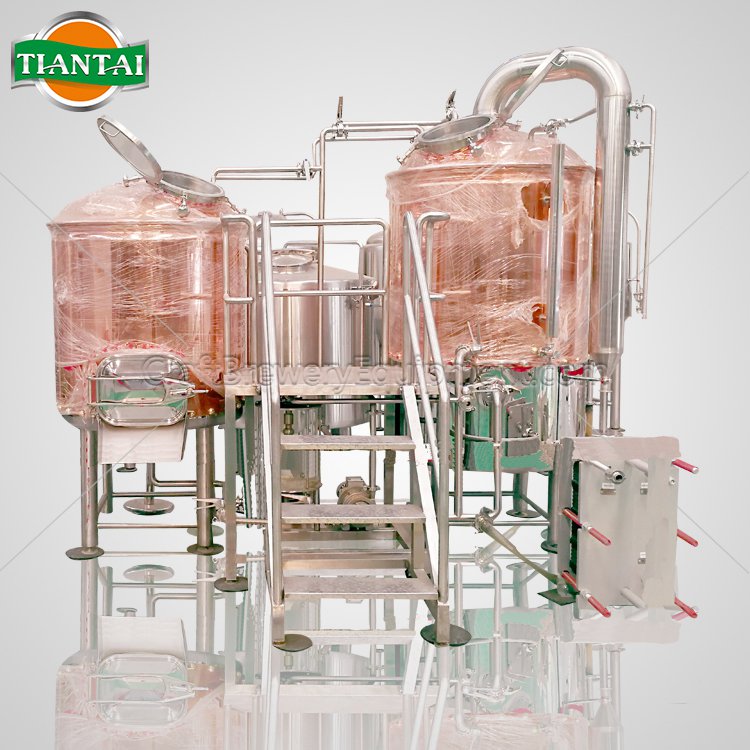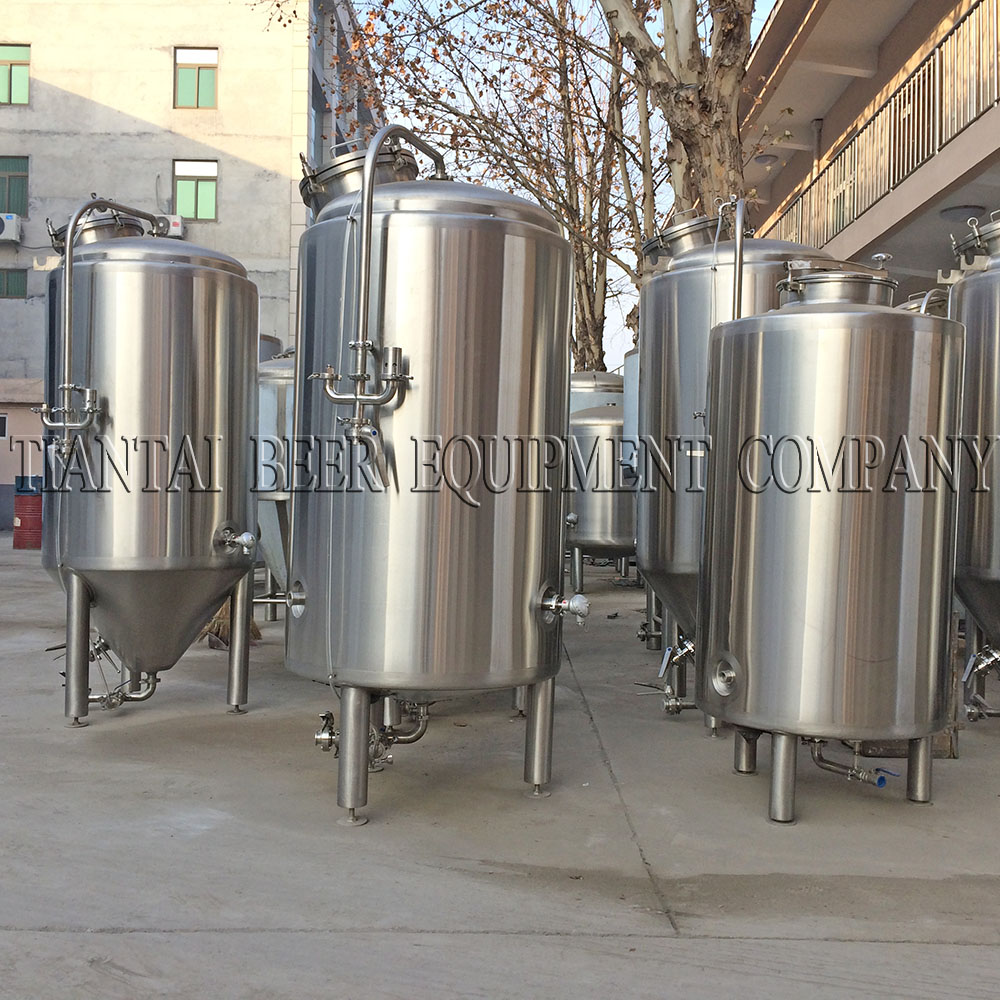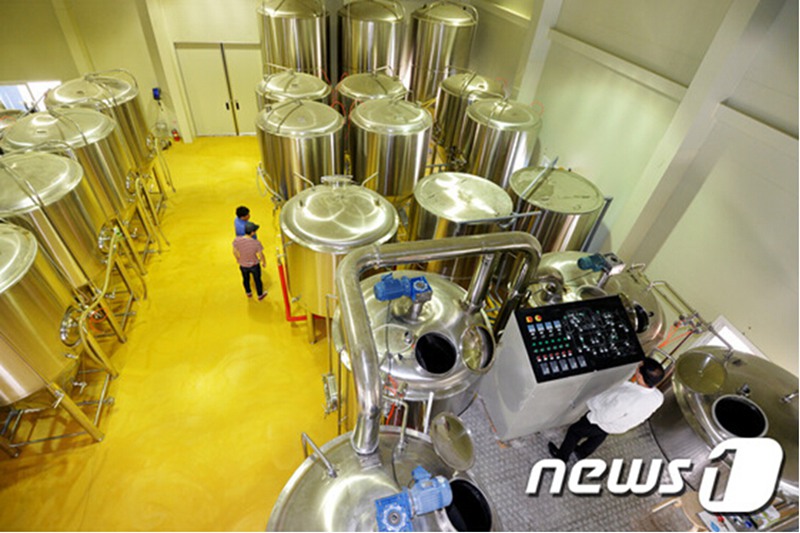.jpg)
Here are some key characteristics and aspects of a cider fermentation tank:
Material: Fermentation tanks are typically made of food-grade materials such as stainless steel, glass, or food-grade plastic. Stainless steel tanks are common due to their durability, ease of cleaning, and resistance to corrosion.
Capacity: Fermentation tanks come in various sizes, ranging from small ones suitable for homebrewing to large tanks used in commercial cider production. The capacity you choose depends on the scale of your cider production.
Shape: Fermentation tanks can be cylindrical or conical in shape. Conical tanks are often preferred for their ability to facilitate sediment removal and yeast harvesting.
Airlock: A fermentation tank is equipped with an airlock or fermentation lock. This device allows gases produced during fermentation, such as carbon dioxide, to escape while preventing air (and potential contaminants) from entering the tank.
Temperature Control: Some fermentation tanks have built-in temperature control systems or jackets that allow for precise temperature regulation during fermentation. Maintaining the right temperature is crucial for controlling yeast activity and flavor development.
Pressure Relief Valve: Commercial fermentation tanks may have pressure relief valves to ensure that excessive pressure doesn't build up during fermentation.
Sampling Port: Many fermentation tanks have a sampling port or valve that allows you to draw samples for testing without opening the tank, reducing the risk of contamination.
Cleaning and Sanitization: Fermentation tanks must be easy to clean and sanitize to prevent contamination in subsequent batches. Smooth, non-porous materials like stainless steel are preferred for this reason.
Access Port: Some tanks have large access ports or manways to facilitate cleaning, filling, and adding ingredients.
Trub and Sediment Collection: In conical tanks, there is often a cone at the bottom where sediment, known as "trub," collects during fermentation. This design helps clarify the cider and makes it easier to separate the liquid from the solids.
Temperature and Pressure Gauges: Some tanks are equipped with gauges to monitor temperature and pressure, providing the cidermaker with essential data during fermentation.
In summary, the character of a cider fermentation tank is defined by its design, materials, and features, all of which are geared toward creating a controlled and sanitary environment for the fermentation process. Properly chosen and maintained fermentation tanks are essential for producing high-quality cider.
Thank you very much for your reading.
If you are interested in starting a cider producing plant, please feel free to contact with TIANTAI
Edited by Helen
Email: [email protected]




.jpg)


Get In Touch